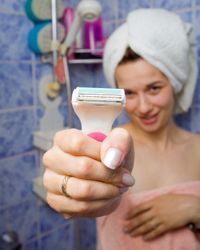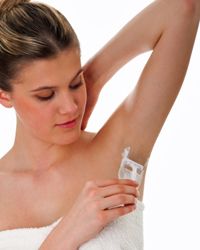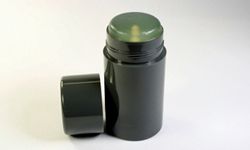One of the quirks of Western culture is a desire to get rid of body hair in certain areas where we've deemed it unacceptable. For this reason, most women spend hours shaving their legs and under their arms, and they spend money on an assortment of products designed to make the shaving process (and the results) smoother.
Shaving your underarms is particularly tricky -- it's at an odd angle, you can't really look directly at them, and one of them will have to be done without the help of your dominant hand. A botched shaving job can lead to irritated skin in a very awkward place. Even without any serious nicks or scrapes, many people suffer from razor burn, rashes and other forms of underarm irritation. What's the best way to go about this unpleasant but socially necessary task while avoiding razor burn?
Advertisement
Luckily, dermatologists, beauty experts and cosmetics manufacturers have given this problem some thought, not to mention millions of dollars in research. Their efforts won't just make the underarm care industry lots of money -- they can help you avoid underarm razor burn. Here, in no particular order, are the top 5 tips for preventing underarm razor burn.



